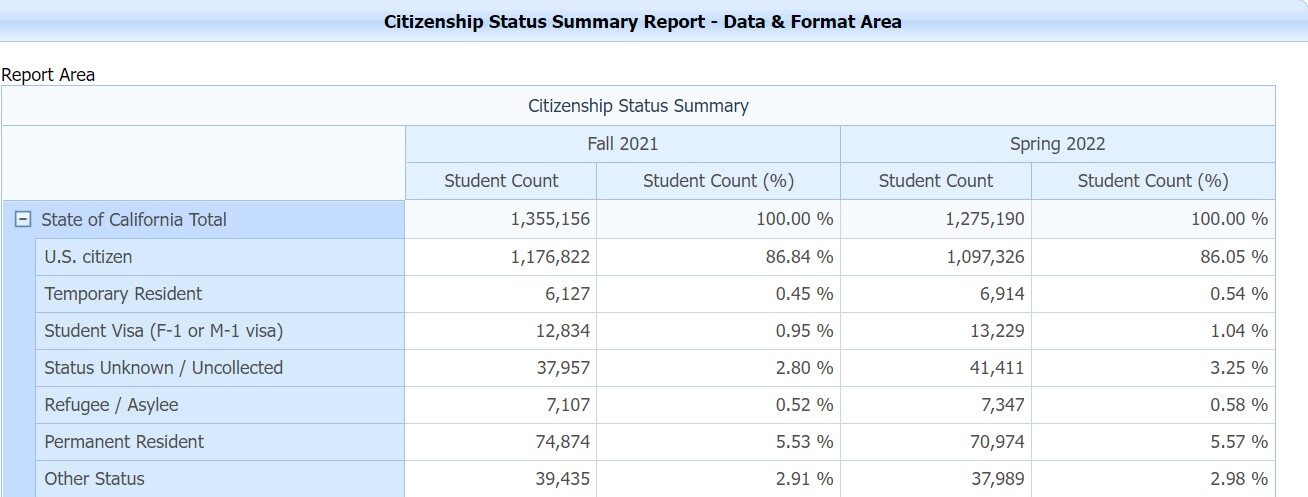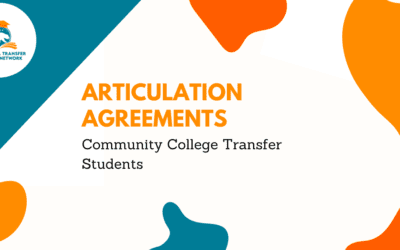What is New Student Orientation?
Orientation is a time for students to learn about the school’s policies and procedures, meet with advisors, and get acclimated to the campus.
It allows students to connect with other students and faculty members, learn about available resources on campus, and receive support as they begin their college journey, transitioning from their initial interactions with the admissions office.
Attending orientation is crucial for new students transitioning from a community college to a four-year university.
Related:How to Make the Most of Your Community College Experience
This transition can be challenging and overwhelming, so students need to understand the expectations of their new school and have an opportunity to connect with other transfer students who may be going through similar experiences.
At orientation, students will have the chance to build new relationships, ask questions, and get the support they need to succeed in their academic pursuits.
Attending orientation, students can feel confident and excited as they move forward in completing their educational pathway.

What is the Purpose of Student Orientation and Academic Expectations?
The purpose of student orientation is centralized on providing incoming students with information the administration believes is critical to their success as a student at their institution.
At universities, orientation is an important part of the student experience. This process helps students become familiar with the university, its faculty, and its staff.
Orientation also helps students understand the academic programs and opportunities and the university’s values and functions.
Additionally, orientation provides students with a complete schedule of courses for the upcoming year, helping them plan their coursework and stay on track for graduation.
Read Here: 6 Impacted Majors at UCLA you Should Know About | 2023
Interested Reading: 11 Impacted Majors at UC Berkeley | 2022-2023 Admit Rates & Average GPA
Overall, student orientation is essential to any university experience, providing new students with the information they desperately need.
Typically students do not speak with an advisor or complete any class registration documents during the orientation period.
This is because counselors will likely reach out to complete a meeting notice to meet with new students on a personal basis to develop a plan for degree completion.
Something as simple as a campus map will go a long way in preventing stress and anxiety (trust me, nothing is worse than leaving for class early only to cut it close by a minute because you opened eleven other classroom doors before finding yours).
What to Expect at College Orientation
College orientation is a comprehensive program designed to introduce new students to the college community, its policies, and its resources. During orientation, students can expect to engage in a variety of activities, including academic planning, campus tours, and social events. The program is typically led by orientation leaders, who are trained to provide support and guidance to new students.
One of the primary goals of college orientation is to help students feel comfortable and confident on campus. To achieve this, orientation programs often include icebreaker activities, team-building exercises, and small group discussions. These activities allow students to meet their peers, ask questions, and get to know the campus community.
In addition to social activities, college orientation also provides students with essential information about academic expectations, campus resources, and support services. Students will typically meet with an academic advisor to discuss their course schedule, learn about academic policies, and get familiar with the campus layout.
Family members are often invited to attend orientation sessions, which provide them with an opportunity to learn about the college’s policies, meet with faculty and staff, and get answers to their questions. This is also a great chance for family members to say goodbye and practice “letting go” as their student begins their educational journey.
Overall, college orientation is an essential part of the college experience, providing students with the information, support, and connections they need to succeed.
Benefits Specific to Student Types
How an orientation program is conducted wholly depends on the institution and the student group they are catering to. Orientation programs are designed to ensure that students are well-prepared and confident by the time classes begin. Most universities and colleges have separate orientation days for the various student populations.
Different student types include:
Transfer Students
International Students
Transfer Students
Transfer students, as incoming students from community colleges, often face a unique set of challenges when entering a new school.
Unlike returning students, transfer learners must attend orientation because it eases the transition from community college to university.
In addition to being unfamiliar with the campus and the curriculum, they may also feel like they are starting from scratch to meet new people and make friends.
Related:When do UC Decisions Come Out? 2023 UC Decision Date
Student orientation can help to ease the transition for transfer students by providing an opportunity to learn about the new school and meet other students.
Scholars can access various discussions and classes that promote student inclusion through games or events intended to engage learners of all groups and backgrounds.

During orientation, transfer students can tour the campus, learn about the different academic programs, and get acquainted with the school’s policies and procedures.
Most importantly, new student orientation gives transfer students a chance to socialize and make new friends.
In some situations, universities will have their orientation online. Future enrollees will register and attend orientation after receiving a zoom link from the institution.
International Students
Another student group that benefits from new student orientations is international students.
According to data conveyed by the California Community Colleges Data Mart, 26,063 foreign students were enrolled at a California Community College during the Fall 2021 semester and Spring 2022 term.

New student orientations are, thus, not only for permanent residents or California residents but also for foreign students traveling to the United States, some for the first time, to participate in America’s higher education system.
Student orientation is a time for foreign students to meet and engage with Americans and other foreign & international students.
Events like new student orientation grant foreign students the help of the institution by allowing pupils to meet in person.
The Role of New Student Orientation in Student Success
New student orientation plays a critical role in student success, as it provides students with the foundation they need to thrive in college. By attending orientation, students can expect to gain a deeper understanding of academic expectations, campus resources, and support services.
Research has shown that students who attend new student orientation are more likely to succeed in college, as they are better equipped to navigate the campus community, access resources, and connect with peers and faculty. In fact, studies have found that students who attend orientation are more likely to pass their classes, graduate on time, and report higher levels of satisfaction with their college experience.
New student orientation also provides students with an opportunity to connect with campus offices, such as academic advising, financial aid, and student life. These connections can be invaluable, as they provide students with a network of support and resources that can help them navigate challenges and achieve their goals.
Furthermore, new student orientation helps to foster a sense of community and belonging among students, which is essential for student success. By providing students with opportunities to meet their peers, engage in social activities, and connect with campus resources, orientation programs help to create a sense of belonging and connection that can last a lifetime.
Overall, new student orientation is a critical component of the college experience, providing students with the foundation they need to succeed and thrive in college.
Making the Most of Attending College Orientation
Attending college orientation is a great opportunity for students to get a head start on their college journey. To make the most of this experience, students should come prepared with questions, be open to new experiences, and take advantage of the resources and support services available.
Here are some tips for making the most of attending college orientation:
Arrive early and be prepared to ask questions. This is a great opportunity to get answers to any questions you may have about the college, its policies, and its resources.
Be open to new experiences and take advantage of social activities. This is a great chance to meet new people, make friends, and get connected with the campus community.
Take a campus tour and get familiar with the campus layout. This will help you navigate the campus with confidence and find the resources you need.
Meet with an academic advisor and discuss your course schedule. This is a great opportunity to get advice on course selection, academic planning, and career goals.
Connect with campus offices, such as financial aid, student life, and academic support services. These connections can be invaluable, as they provide you with a network of support and resources that can help you navigate challenges and achieve your goals.
By following these tips, students can make the most of attending college orientation and set themselves up for success in college.
New Student Orientation is Valuable
Academic success is mostly derived from your personal ambition, acumen, and motivation to perform well.
However, factors beyond a student’s control can derail an otherwise stable process, such as a lack of campus information or failure to acquire a necessary document for administrative purposes.
Recommended Reading: 5 Tips to Help You Transfer from Community College to University
Participating in a new student orientation eliminates the risk of being unprepared for the first day of classes when classes begin.
New student Orientation is a time to understand the institution and learn a little about the history or campus layout.
New student orientations are also almost always jam-packed with information about programs the academy offers and the enrollment demographics of the incoming class.
Students will often have an opportunity to meet with an advisor or faculty member and register to receive their university identification card or learn about courses.
Conclusion
Whether new to university life or transitioning from a community college, attending new student orientation is essential to your educational journey.
At orientation, students have the opportunity to connect with other students, learn about available resources on campus, and receive support as they begin their academic pursuits.
By attending orientation, new students can feel confident and excited as they move to complete their educational goals.
So if you are a new student, be sure to attend orientation and start your college experience off on the right foot!





